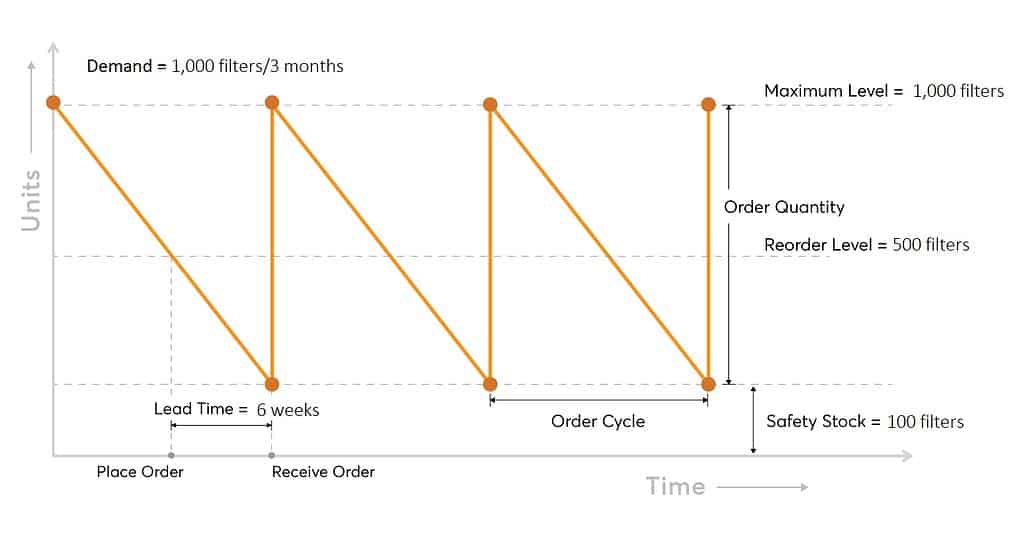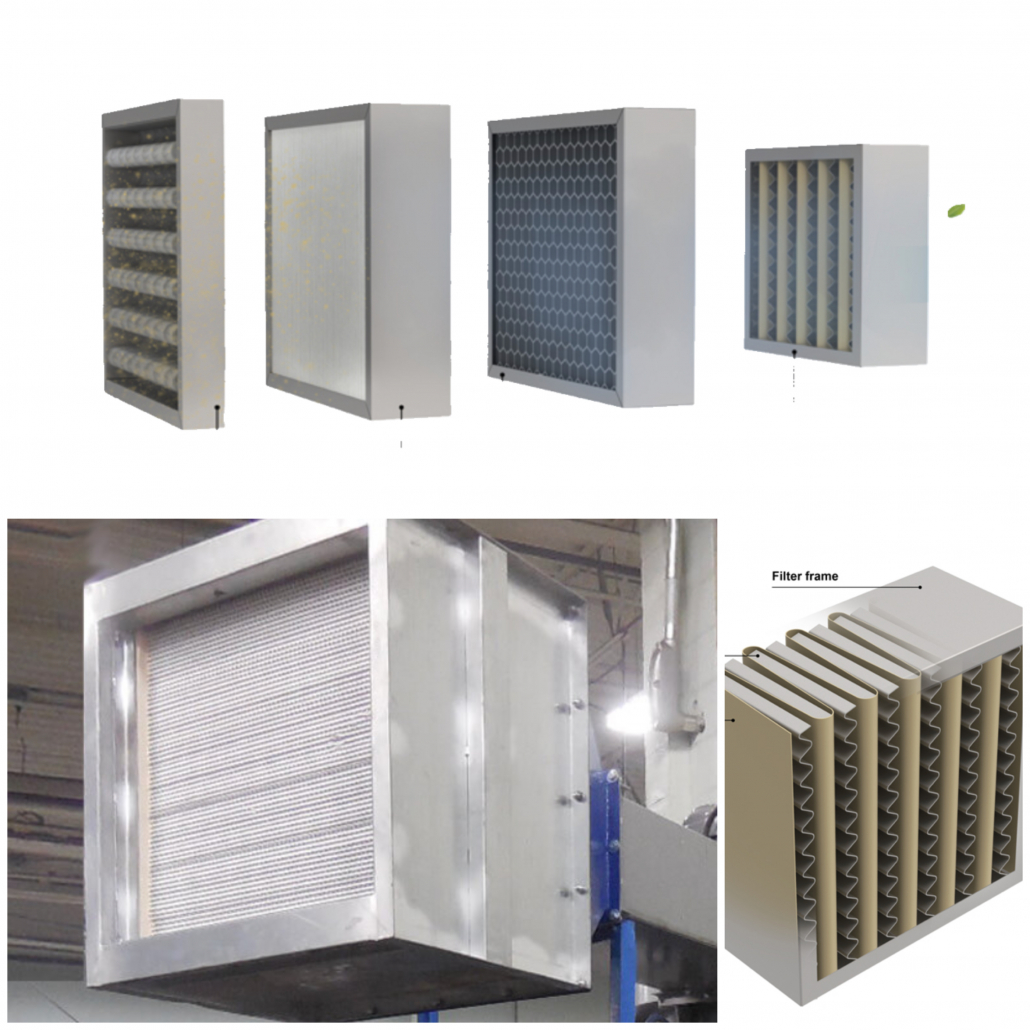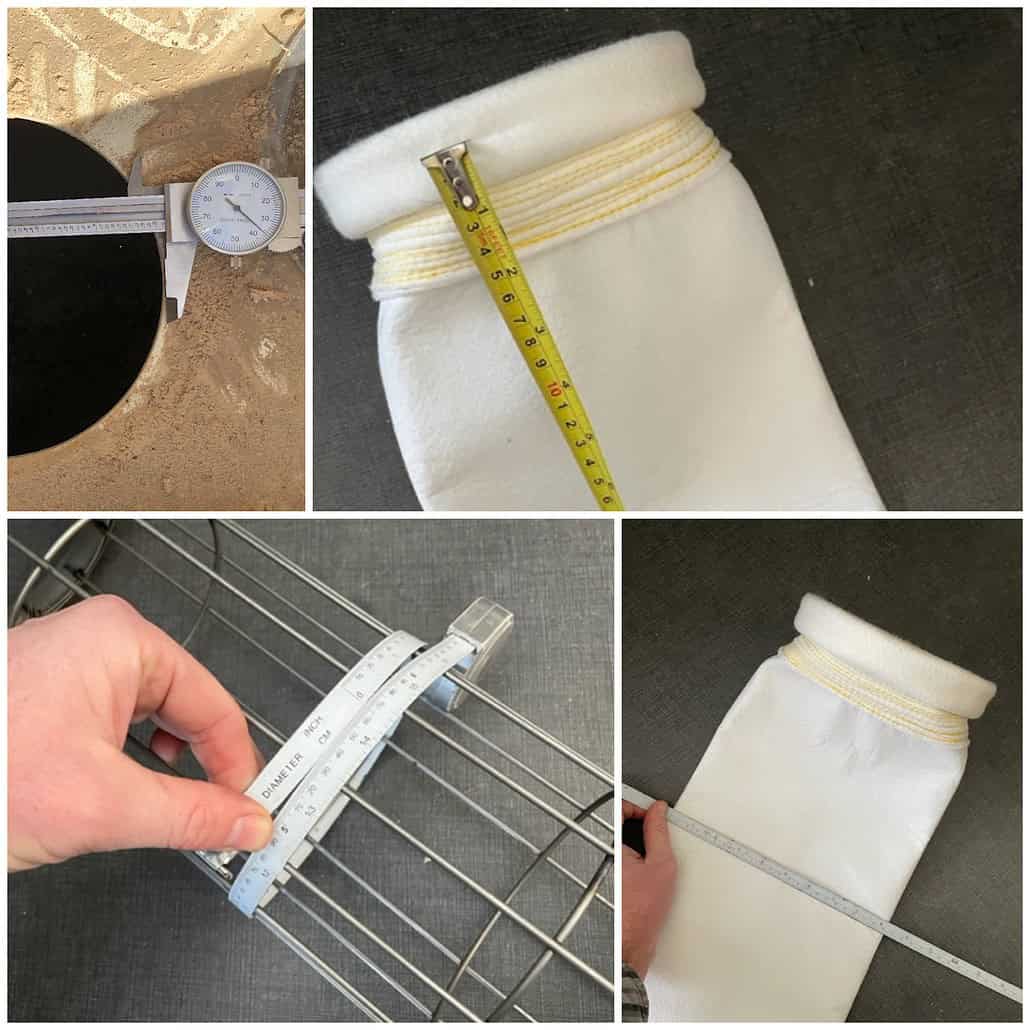Purchasing Filters & Cages: Inventory Management for Dust Collection System Parts
A Quick Guide for Purchasing Professionals
Purchasing consumable parts for industrial systems like filters and cages for a baghouse dust collector can be a challenge. Part of the job of a purchasing professional, supply chain manager, or material planner is to ensure there are enough parts on hand so they will be available when needed, while minimizing inventory and expedite costs.
You certainly don’t want to wait until your dust collector goes down due to a damaged filter or a required changeout to go out and try to purchase filters and cages – lead times can vary wildly (up to 16 weeks for some specialty items) due to global raw material availability, supply chain issues, and the general demand for your item. Ensuring your supply of parts comes down to inventory management.
Every supply chain professional understands the basic concept of inventory management and safety stock, but how should you ensure you have the correct inventory for your dust collection system parts (generally, filters and cages)?
Here’s a general process that you can follow:
- Determine the standard lead time: Lead time is the time it takes for the supplier to deliver the part after you place an order, and this is a critical variable. You can ask Baghouse.com for the lead time or use historical data if you have it.
- Analyze demand: Analyze the historical demand for the part to understand how much the demand for filters fluctuates. This analysis will help you determine the average demand rate, the variability in demand, and the peak demand periods.
- Determine the reorder point: The reorder point is the inventory level at which you need to place an order to avoid stock-outs. The reorder point can be calculated as:
Reorder Point = (Lead Time x Average Demand) + Safety Stock
The safety stock is the additional inventory that you keep on hand to cover unexpected demand or supply chain disruptions.

- Calculate the economic order quantity (EOQ): The EOQ is the optimal order quantity that minimizes the total inventory costs, including ordering costs and holding costs. The EOQ can be calculated as:
EOQ = sqrt((2 x Annual Demand x Ordering Cost) / Holding Cost)
Where:
- Annual Demand is the total demand for the part in a year
- Ordering Cost is the cost of placing an order, including processing and transportation costs
- Holding Cost is the cost of holding inventory, including storage, insurance, and obsolescence costs
- Determine the reorder frequency: The reorder frequency is how often you need to place an order to maintain the appropriate inventory level. The reorder frequency can be calculated as:
Reorder Frequency = Annual Demand / EOQ
- Review and adjust regularly: It is essential to review and adjust the inventory level regularly (ideally quarterly, but at least yearly) based on changes in demand, lead time, and supply chain risks. Regular reviews will help you ensure that the appropriate level of inventory is maintained to meet demand and minimize inventory costs, and you are never left scrambling to find a part you need.
Would you like help understanding current lead times for your filters, cages, and other dust collection system parts?






